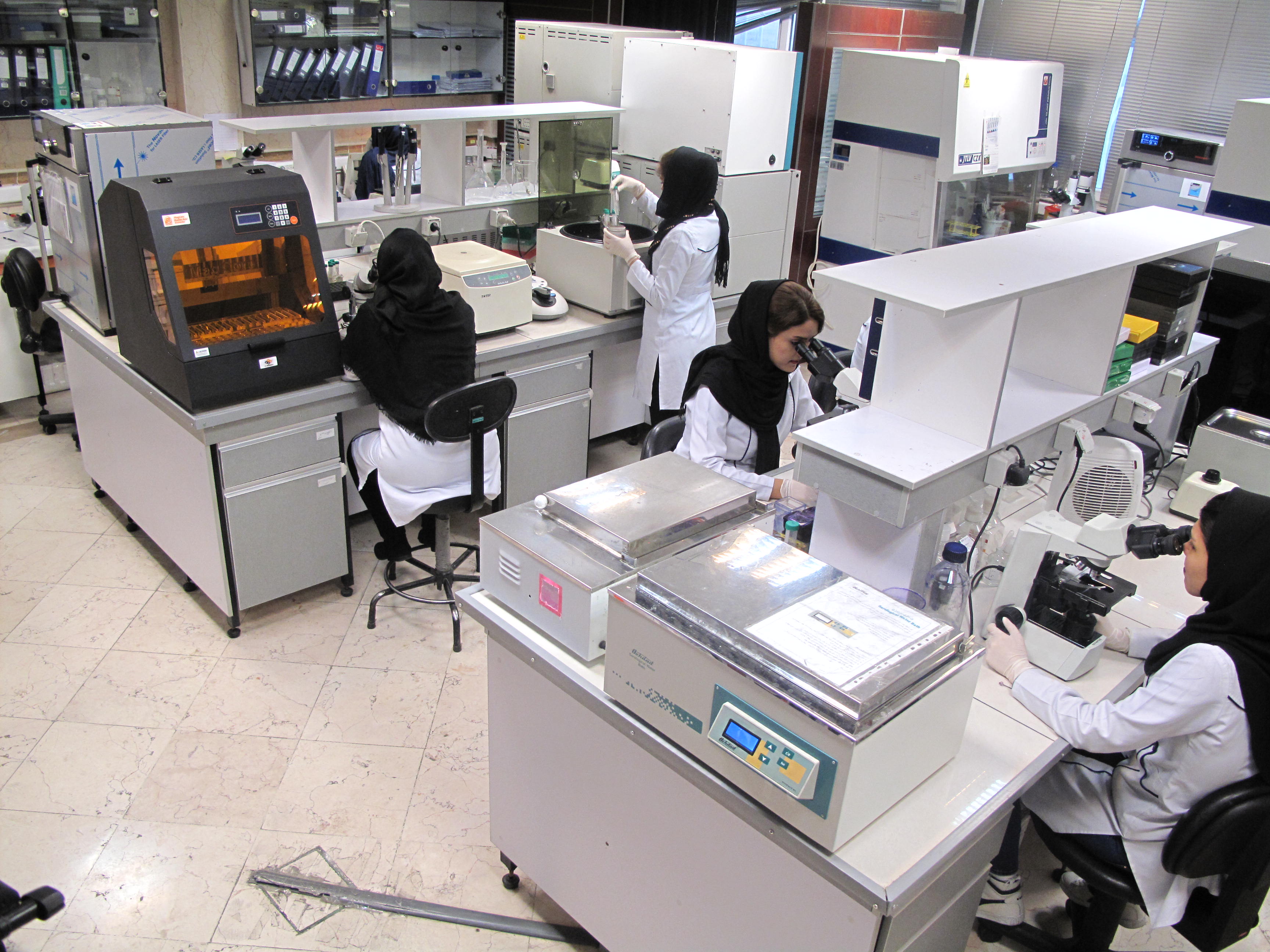The University of Social Welfare and Rehabilitation Sciences (USWR) launched the Iranian National Genome Center, also known as Iranome, in Tehran on Jan. 16.
According to the university’s website, genomes of 800 Iranian adults over 35 years have been sequenced in the project. The data will be uploaded on the website Iranome.ir, which will be accessible to all.
The mapped genomes will be analyzed and more samples will be gathered over time at the center.
Next Generation Sequencing (NGS) technology is used at Iranome, which allows scientists to sequence DNA and RNA more speedily and inexpensively than previous methods. Using the technology, millions or billions of DNA strands can be sequenced simultaneously.
“Iranome will provide scientists with data for detecting genetic mutation trends that can cause ailments and for finding cures,” Professor Hossein Najmabadi, the project’s director, was quoted as saying.
During Iranome’s inauguration, Najmabadi said, “The computer systems required for analyzing the genome sequences have been purchased and installed at the center.”
The gathered data is difficult to interpret without advanced computer systems.
Real-Life Issues
Mohammad Kamali, the university’s chancellor, said Iranome is USWR’s new research wing.
“The center’s main mission is to detect disease-causing genes that lead to musculoskeletal disorders, mental weakness and deafness,” he said.
“The gathered data enable researchers to detect trends in gene mutations. The results can be used for preventing diseases and coming up with new cures.”
Kamali noted that academia’s should prioritize resolution of real-life issues.
“The way universities are managed is undergoing profound changes globally. Universities are moving toward the third generation of academic development to expand the functional areas of academia from mere conventional study and research to addressing nations’ critical problems,” he said.
The chancellor added that globalization and collaboration with international academic centers must top the agenda of local universities.
According to Kamali, the Vice Presidency for Science and Technology, and Health Ministry, have been the main supporters of the Iranome project.
Future Plans
Also addressing the ceremony, Deputy Health Minister Reza Malekzadeh said, “A medical center for genetic diseases should be established, which can complement the activities of Iranome. While Iranome focuses on understanding the genetic causes of disease, the medical center can and should apply the scientific discoveries to medical practices.”
According to Malekzadeh, NGS methods can be applied for detecting genetic causes of cardiovascular ailments and different kinds of cancer.
“The application of the technology is not limited to the health sector and can be used in agriculture,” he said.
Globally, next-generation sequencing technologies are used to study agricultural species and model organisms to help researchers and breeders develop healthier and more productive crops and livestock.
Investment and Prospects
Another speaker was Health Minister Hassan Qazizadeh Hashemi who announced that about €1 million were invested for establishing Iranome.
Echoing the chancellor’s comments, Hashemi said the project can help Iranian scientists identify the genetic cause of diseases and find cures.
“Annually 1.5 million infants are born in Iran, from which 2% suffer from genetic disorders. Through genetic mapping and educating people, many of these births can and should be prevented. Such genetic studies can provide the medical sector with cures for many of the ailments and disorders,” he added.
According to Hashemi, a genetic modification center will be established to enable scientists to cure mental disabilities, among other ailments.
The last speaker at the event was Vice President for Science and Technology Sorena Sattari who said projects like Iranome can cut healthcare costs significantly in the long run.
“Genetics is the future of the medical sector. Not investing in genetics would be an obvious example of negligence,” he said.


